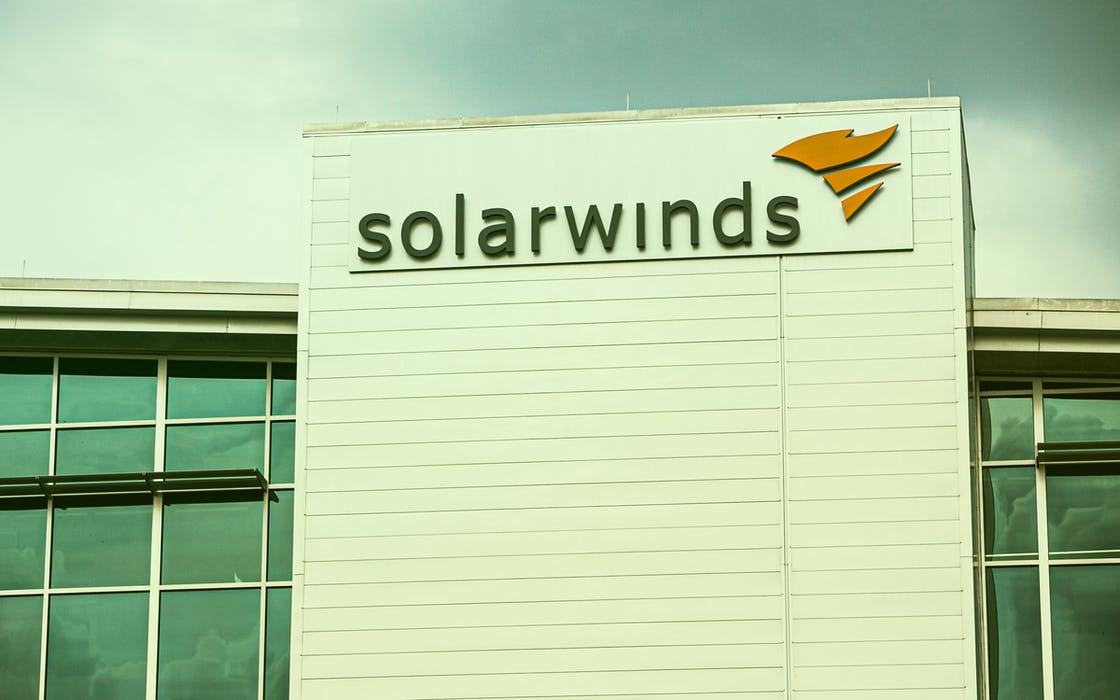For anyone that’s remotely seen the news lately and heard about a Russian cyber attack on the US, you probably have heard a lot recently about a technology company called SolarWinds. To give you a long story short, their Orion monitoring software was compromised over the course of the past year, and it wasn’t just the US government that was affected. Hospitals, universities, and technologies companies alike were compromised.
While I don’t necessarily want to get into the politics of the situation, it doesn’t change the fact that SolarWinds had some holes in their software’s quality assurance, and this allowed outside parties to compromise code within Orion to gain access for, at the very least, reconnaissance. The fact that the known parties involved in the breach are foreigners from a country with known hostility to the USA gives me a huge uneasy feeling. The fact that they went undetected for nearly a year makes me feel even less comfortable.
And while listening to a business similar to mine (but his is admittedly more mature and scaled) talk in depth about the breach, he explained how SolarWinds came to be, and that’s important. They are a company of acquisitions, and essentially Orion was a product that they acquired at one point. The Remote Management and Monitoring (RMM) software that they provide was another acquisition, and it came at a different time. While conjecture, it’s likely that the Orion developers probably have no real interaction with the RMM folks, and they likely don’t share a code base.
But my problem is that as far as the customer is concerned, they’re all SolarWinds products.
So a little background on us: we’ve been using the SolarWinds RMM for about a year and change, and it provides us with all sorts of tools to more easily and readily assist our customers. It gives us the ability to take control of the desktop of someone when they need help, allows us to automate system updates, run scripts of our own, and generates a number of reports that give either executive summaries or the nitty-gritty of what’s going on for a customer on a site-by-site basis. As far as a product is concerned, the SolarWinds RMM has been good, but it hasn’t been great. It was missing a number of features that our techs would like, and we’ve ended up adding on tools to interface with this tool in order to make this tool work best for us. For us, it’s like showing up at a jobsite with only a hammer. We have to treat everything we go near like a nail, and that doesn’t work for our diverse portfolio of customers.
Beyond that, I’ve fielded more than a handful of calls from customers concerned that they found a SolarWinds thing on their computer, and I had to give them all of the background information above and let them know that the software on their system is, in fact, legit. I’m not sure what TV station said what during what broadcast, but they absolutely are Not. Helping. Matters.
And while a number of our customers are closing or have already closed for a Christmas break, we are working behind the scenes on finding a toolset that can help improve the experience for our customer, allow us to be more proactive for our customers’ needs, and further facilitate our new normal of permanent work-from-home and hybrid home/office envrionments.
While it’s time-consuming work, we’re really enjoying the trials and testing of new tools, and we’re moving in a direction that seems really promising for a large segment of our user base. We’re excited for what 2021 holds for us, and this is one of the few times that a large-scale cyber attack may have truly made the lives of my team easier in the long run.
